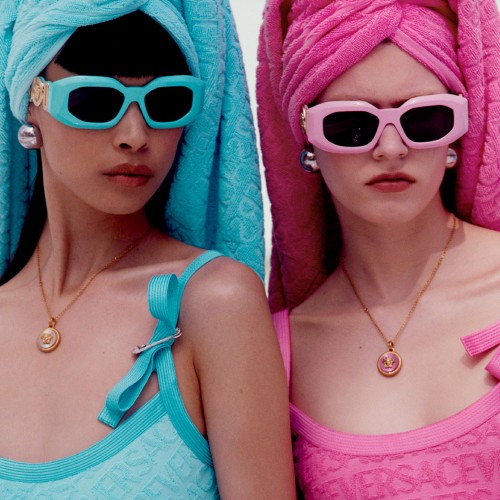I arrived in Miami back in 2014 at a time when the city was still regarded as a spring break destination where shorts and bikinis were the norm. People expected wonderful hotels and beaches, and nothing else. But change was in the air: the community was braiding itself in a very particular way, with creativity at the forefront of this movement. A new District was emerging in midtown: at first, people were reluctant to it, thinking it was too ambitious for a small city like Miami, yet it was led by a man with incredible vision who supported artists and local change makers in very unique ways.
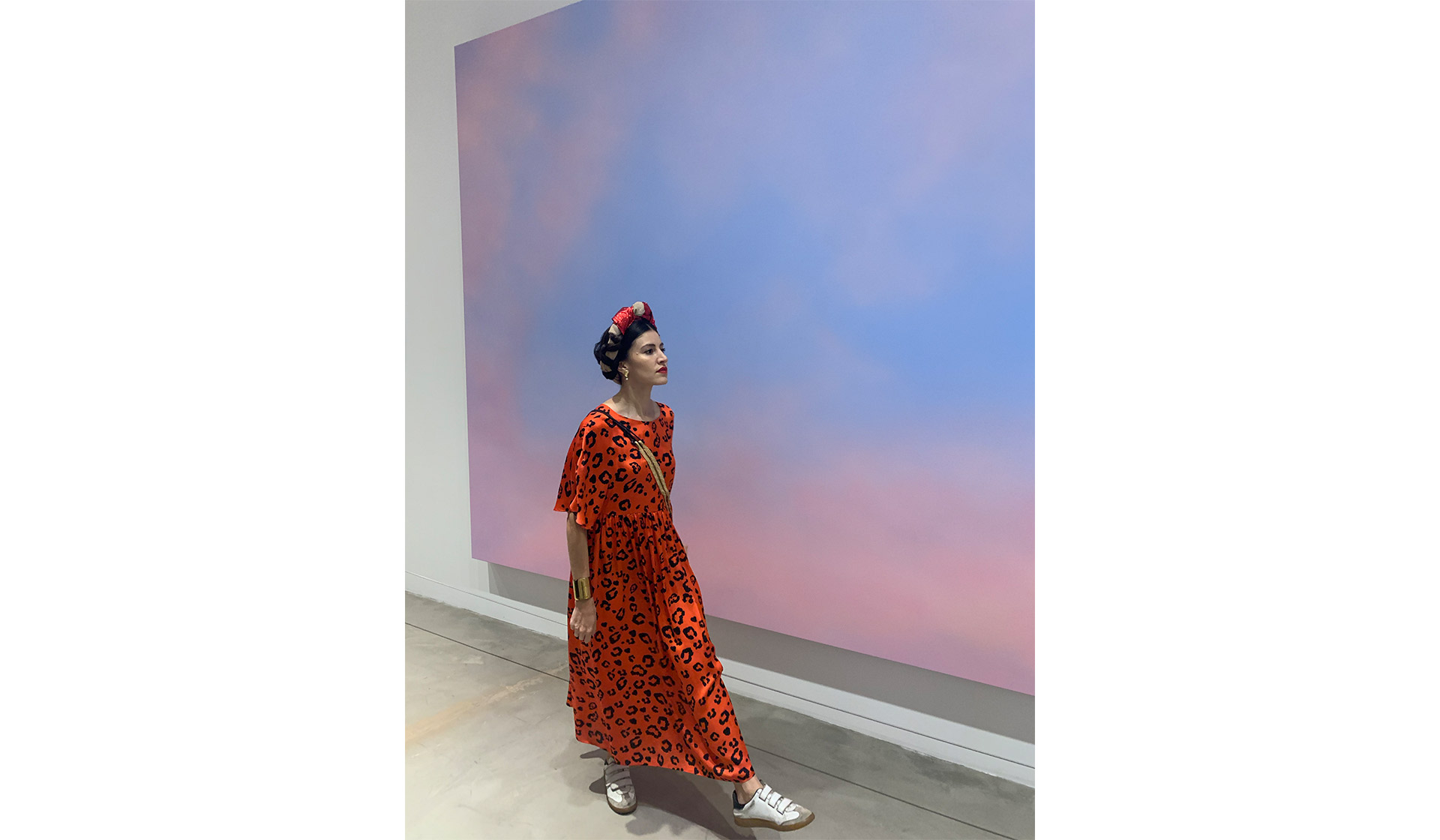
What makes the Design District special is that the community is always at the heart of everything that happens here. Spaces and opportunities have been given to those people with a purpose and an action plan, creating an unforgettable bond between the community and the places where they are given room to create. In time, The Miami Design District emerged, changing forever the Miami scene, and pushing forward the creative limits of the 305, becoming its backbone.
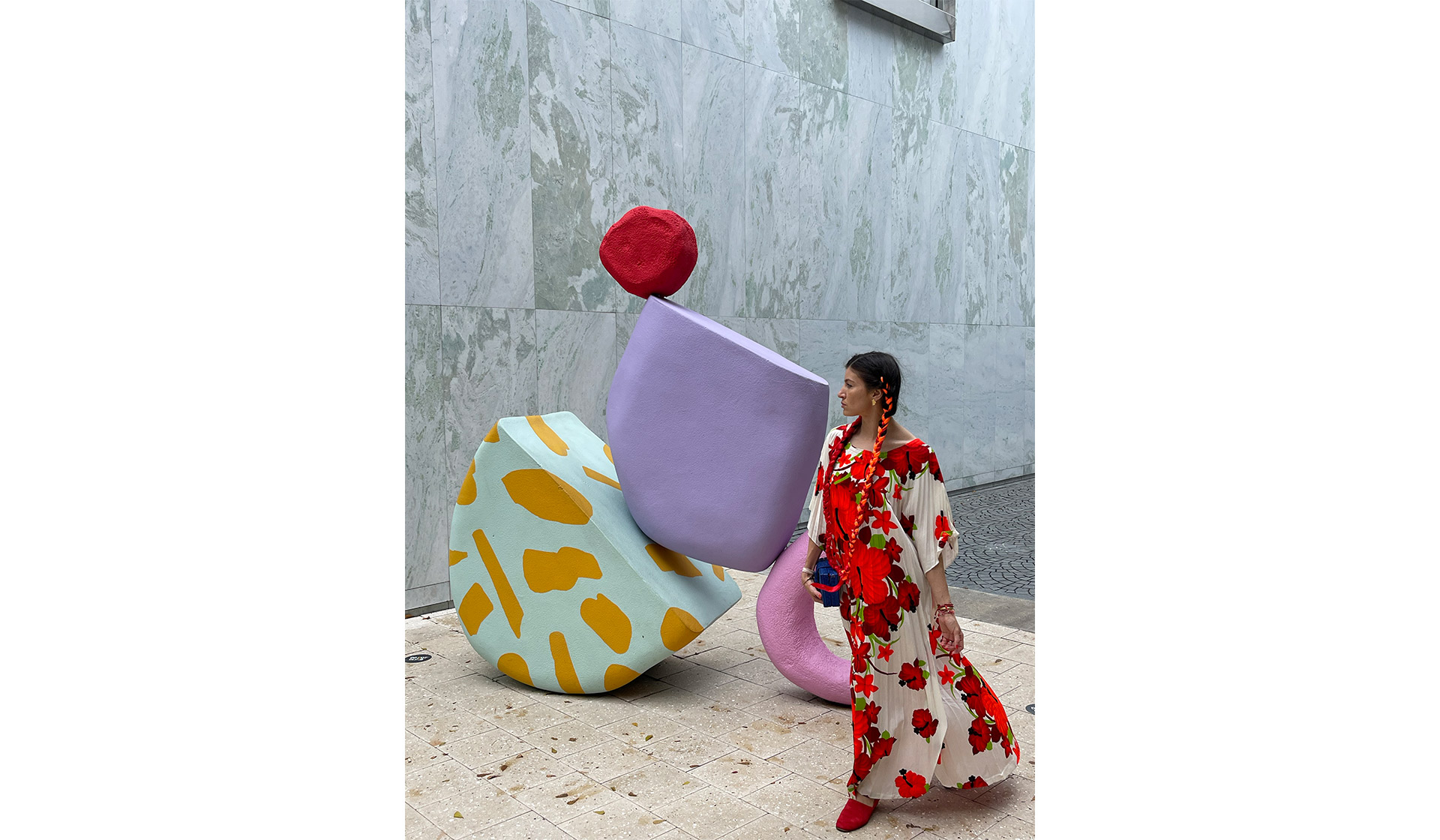
The experience of the District is a mix between shopping, indulging in the best restaurants in the city, and more. To me, this is where art happens. It’s home to Locust Projects, which is always at the vanguard of contemporary art, and where I had my first individual performance during Mette Tomerup’s exhibition Made at Dusk. It’s also the place where I understood the relevance of Felix-Gonzalez and the depth of his art, by taking one of the candies that are part of his conceptual installation evoking memory and loss, and making my own associations to which candy would represent my grandmother. It’s also the place where I decided to start collecting art, by visiting galleries such as Primary Projects. It’s also quite special that the ICA, an art museum led by Alex Gartenfeld’s artistic direction, which stands right across from the most beautiful parking lot I’ve ever seen, known as Museum Garage designed by Terence Riley, remains a free museum, giving access to all.
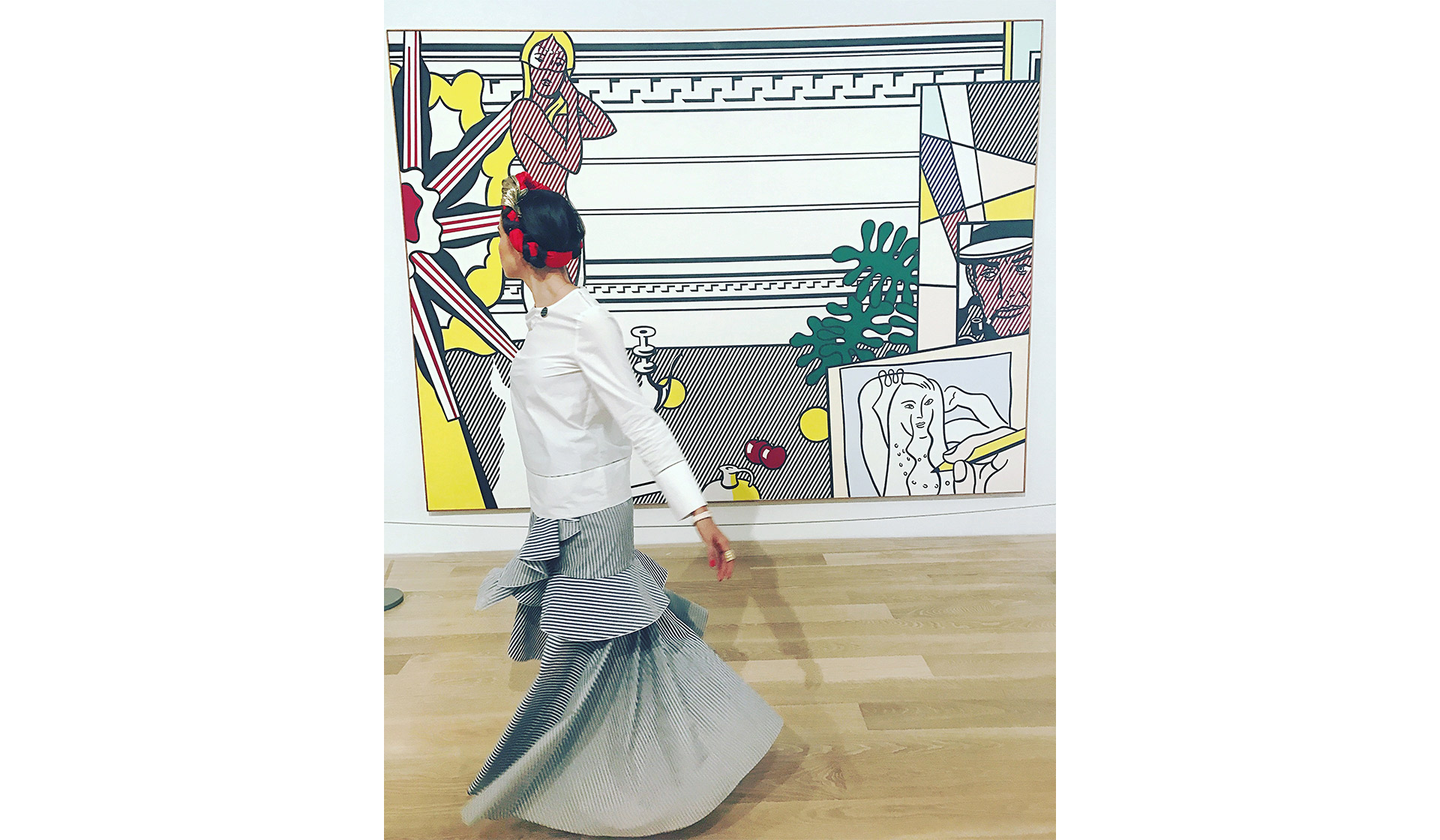
Music is also a very important part of the magic that characterizes the District, which is the home of the Miami Symphony Orchestra which often performs for free facing the Fly’s Eye Dome by Buckminister Fuller.
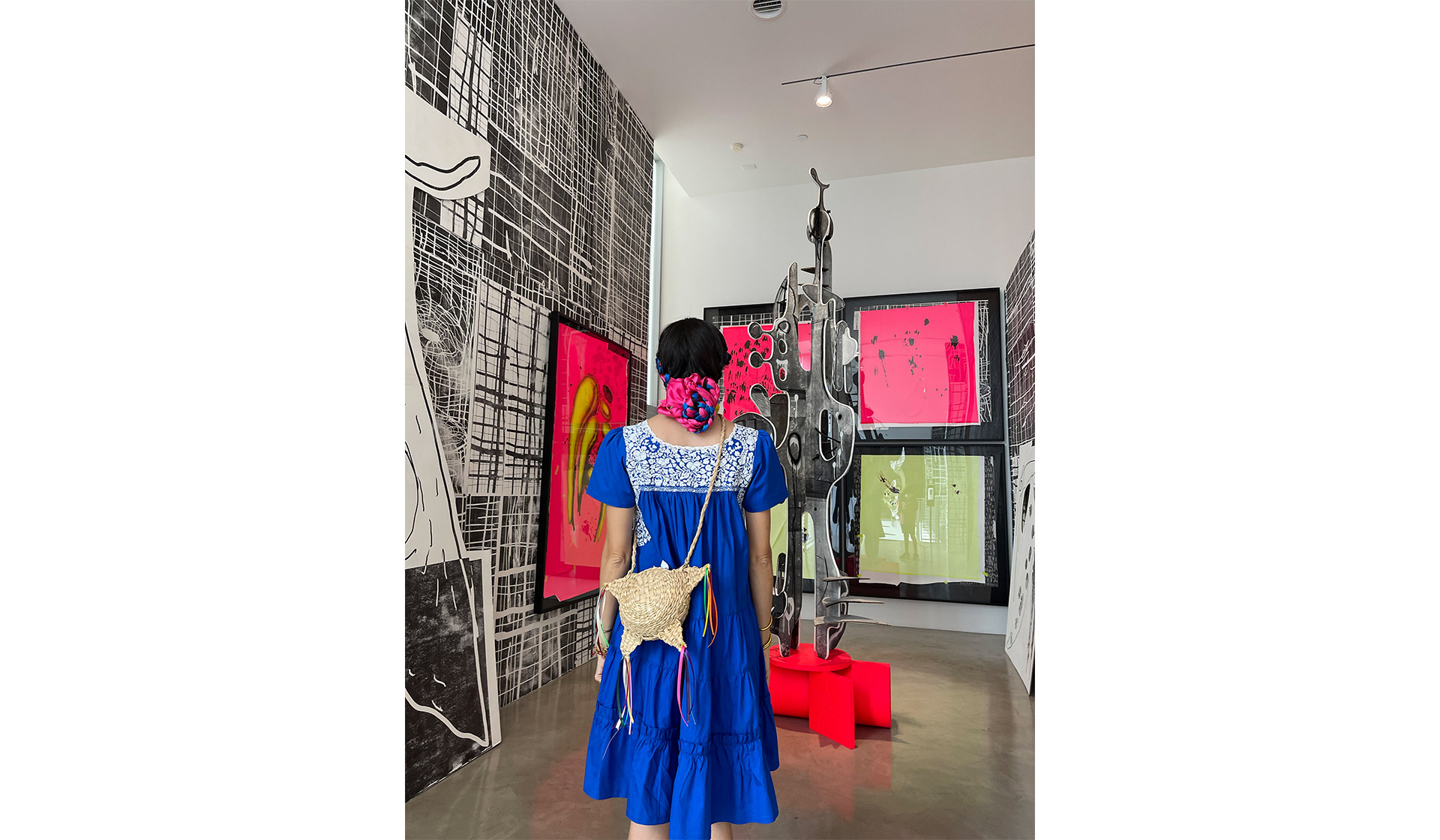
Creating community is an art, and change happens slowly and subtly. Today Miami is seen as one of the trendiest cities in the United States, and although there were many factors that led to its conception, I can state that the possibilities opened up by the creation of the District were a major force shaping what the city is becoming. The expected shorts and bikinis have turned into inspiring outfits making people-watching the most priceless highlight of spending a day at The Miami Design District.


